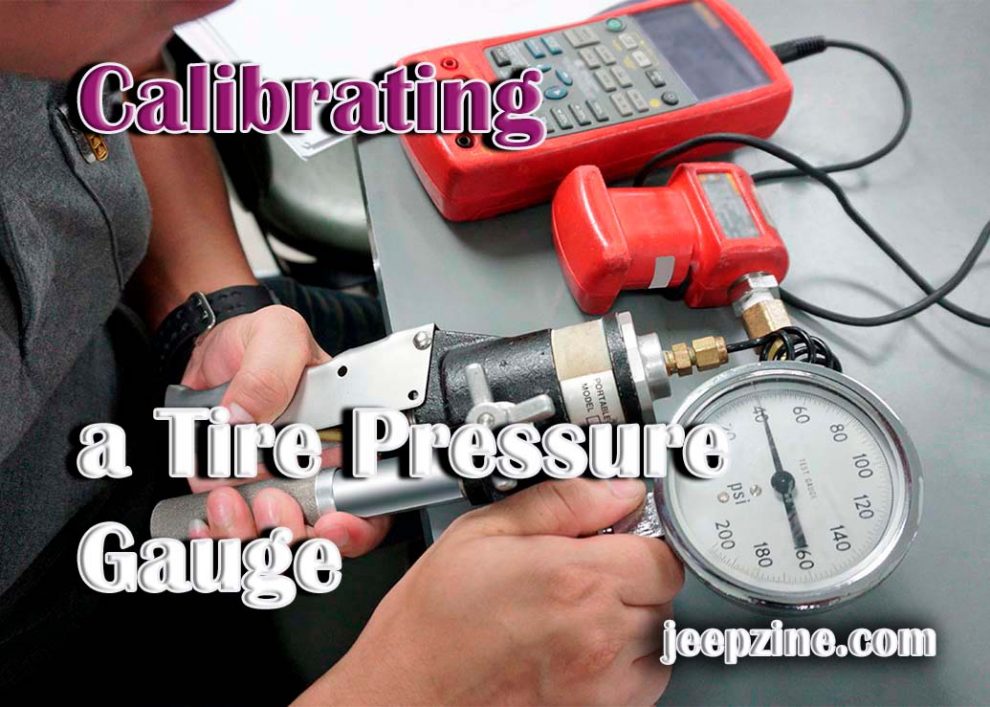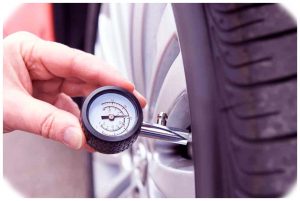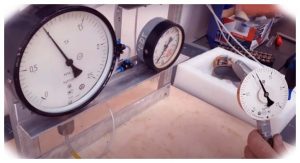A reliable tire pressure gauge is essential for running your car smoothly and safely. A tire pressure gauge measures the pressure inside your tires, helping you maintain the correct inflation amount for optimal performance. However, like all measuring tools, it can become inaccurate due to wear and tear. Fortunately, there is an easy way to ensure that your tire pressure gauge stays accurate by calibrating it.
 What Is Tire Pressure Gauge Calibration?
What Is Tire Pressure Gauge Calibration?
Tire pressure gauge calibration is the process of adjusting a tire pressure gauge to display an accurate reading when measuring the air inside a vehicle’s tires. You must calibrate your tire pressure gauge regularly because even small inaccuracies can lead to inflated or deflated tires which can cause serious problems with your vehicle’s performance and safety. Also read How to Check Nitrogen Tire Pressure.
Things You Need When Calibrating Your Tire Pressure Gauge
Before you begin calibrating your tire pressure gauge, make sure you have access to these items:
-
A known good reference-grade tire pressure gauge (preferably digital) or calibration standard (often used in workshops).
-
An air compressor capable of producing at least 10 PSI of air pressure.
-
A tire valve stem adaptor/connector (if your tire pressure gauge doesn’t have one).
Steps To Calibrate Your Tire Pressure Gauge
Calibrating your tire pressure gauge is an essential maintenance task that ensures your vehicle’s tire pressure readings are accurate. Even minor inaccuracies can cause serious problems with your vehicle’s performance and safety. This section will guide you through the simple steps needed to calibrate your tire pressure gauge using a reference-grade gauge and an air compressor.
-
Connect the reference-grade tire pressure gauge to the air compressor with a hose or other connector. Ensure that it’s securely connected and that there are no air leaks.
-
Turn on the air compressor and set it to 10 PSI, then turn it off once it has reached the desired pressure.
-
Connect your tire pressure gauge to the reference-grade gauge via a hose or valve stem adapter, and make sure it’s also securely connected.
-
Read the reading on your tire pressure gauge, which should be close to 10 PSI if calibrated correctly, and make any adjustments needed according to its user manual instructions to achieve an accurate reading of 10 PSI.
-
Repeat Steps 1-4 for higher pressures up to 50 PSI as necessary for accurate readings at various pressures up to that point, then disconnect all hoses and adapters from both gauges when finished calibrating your tire pressure gauge.
Conclusion
Calibrating your tire pressure gauge is an easy process that can help ensure more accurate tire pressure readings. All you need is a reference-grade tire pressure gauge, an air compressor, and a hose or valve stem adapter. Once you’ve gathered these items together, follow the steps outlined above to calibrate your tire pressure gauge and ensure you always get the most accurate reading possible!


 What Is Tire Pressure Gauge Calibration?
What Is Tire Pressure Gauge Calibration? Connect the reference-grade tire pressure gauge to the air compressor with a hose or other connector. Ensure that it’s securely connected and that there are no air leaks.
Connect the reference-grade tire pressure gauge to the air compressor with a hose or other connector. Ensure that it’s securely connected and that there are no air leaks.
Add Comment